In March 1988, students at Gallaudet University in Washington, D.C.—the world’s only liberal arts university for the Deaf and hard of hearing—ignited a civil rights movement that would forever shift the landscape of disability rights and leadership representation.
It began with frustration and disbelief: the university’s Board of Trustees appointed a hearing woman, Elisabeth Zinser, as president, bypassing two qualified Deaf finalists. The decision sparked outrage across the campus, uniting students, faculty, alumni, and staff in protest. Their demand was clear and historic: Gallaudet must have a Deaf president.
A Turning Point in Deaf History
“I was shocked,” recalled student leader Jerry Covell in an interview with WTOP. “We were asking for the first Deaf president, and instead, they tried to present this as progress by appointing the first woman president. It didn’t fit the moment. It wasn’t what we needed.”
The protest that followed—now known as the Deaf President Now (DPN) Movement—shut down Gallaudet’s campus for eight days. Protesters issued four demands:
-
The immediate appointment of a Deaf president
-
The resignation of board chair Jane Spilman
-
A Deaf majority (at least 51%) on the Board of Trustees
-
No reprisals against students, faculty, or staff involved in the protest
Ultimately, the protests succeeded. Zinser resigned, and the board appointed Dr. I. King Jordan, who became the university’s first Deaf president.
A Movement Immortalized in Film
Now, 37 years later, the story of DPN is being introduced to a global audience through the new documentary “Deaf President Now,” co-directed by Gallaudet alum Nyle DiMarco and Oscar-winner Davis Guggenheim (“An Inconvenient Truth”). The film, which debuted at Sundance and is now streaming on Apple TV, has received universal praise—including a 100% rating on Rotten Tomatoes.
For those who lived through DPN, the documentary serves as more than a historical record—it’s a testament to the power of organized, student-led activism.
Greg Hlibok, the 1988 student body president and a core member of the “DPN4,” emphasized the documentary’s value for younger generations.
“Young people today don’t always realize the access they have wasn’t just given — it was fought for. DPN led directly to the ADA. It changed lives.”
Navigating Identity and Intersectionality
Bridgetta Bourne-Firl, the only woman among the four main student leaders, reflected on the challenge of reconciling gender equity with the urgent need to prioritize Deaf identity.
“I consider myself a feminist,” she said. “But when I saw Deaf women supporting the DPN movement, I realized we were fighting for something that had never been done before. If the board had understood Deaf history, they would have made a different decision.”
The protest wasn’t simply about a position—it was about dignity, representation, and control of one’s narrative.
Grounded in Community and Legacy
A powerful thread connecting the DPN4—Covell, Bourne-Firl, Hlibok, and Tim Rarus—is that all came from Deaf families, giving them a strong sense of identity from an early age.
“My parents were both Deaf,” said Hlibok. “I was born in the ’70s when resources were limited. But Deaf clubs and community networks taught us advocacy from a young age. I even took part in a protest as a kid when CBS tried to restrict caption access.”
Rarus echoed this upbringing, recalling wisdom passed down from his mother:
“She always said, ‘Being Deaf is a full-time job.’ I didn’t understand it at first, but over the years I realized how much we have to educate and advocate, constantly.”
Bourne-Firl added that many of their leadership skills were forged in Deaf schools and programs like Junior NAD:
“We were empowered by Deaf adults around us. They gave us the tools to lead.”
The Movement’s Impact and Ongoing Challenges
The DPN movement didn’t end with the appointment of Dr. Jordan. It lit the path to the Americans with Disabilities Act (ADA) in 1990, vastly improving access for millions. It helped normalize American Sign Language (ASL) in popular culture and increased interest in Deaf education and rights.
But the leaders are quick to point out that the work isn’t over.
“We’ve made great strides,” said Hlibok, “except in one major area — employment. Around 70% of disabled individuals are still unemployed or underemployed. It’s not about willingness or capability — it’s about systemic exclusion.”
Bourne-Firl stressed that early language access is still a fundamental barrier:
“Many Deaf children still don’t get access to language in their early years. It’s not their Deafness that limits them — it’s the system built around them.”
The Power of Memory and Storytelling
Covell emphasized that the documentary fills a crucial role in preserving the memory of DPN for future generations:
“What happened in 1988 is already fading from public memory. But images and stories stick. When people see this film, they’re often amazed that Deaf people organized something so powerful. That kind of visibility is a victory in itself.”
Hlibok, portrayed in the film as the “quiet one,” noted that while the documentary simplifies certain elements, it effectively conveys the collective strength of the movement:
“Every Hollywood film needs contrast, but in reality, it was about teamwork. Every person had a different style, and that made us stronger.”
Rarus emphasized that keeping the message focused was essential to their success:
“This was all new to us. But we knew that simplicity was powerful. And the support from staff, faculty, and even the hearing community made all the difference.”
A Call to Action
As “Deaf President Now” reaches audiences worldwide, its legacy continues to inspire not just the Deaf community, but all advocates of social justice and equality.
“It shows what’s possible,” said Covell. “DPN gave us a voice. This film gives that voice back to new generations.”
Whether you’re a lifelong advocate or someone newly learning about Deaf history, the DPN movement and its documentary serve as powerful reminders that representation matters, and that real change is possible when communities stand together.

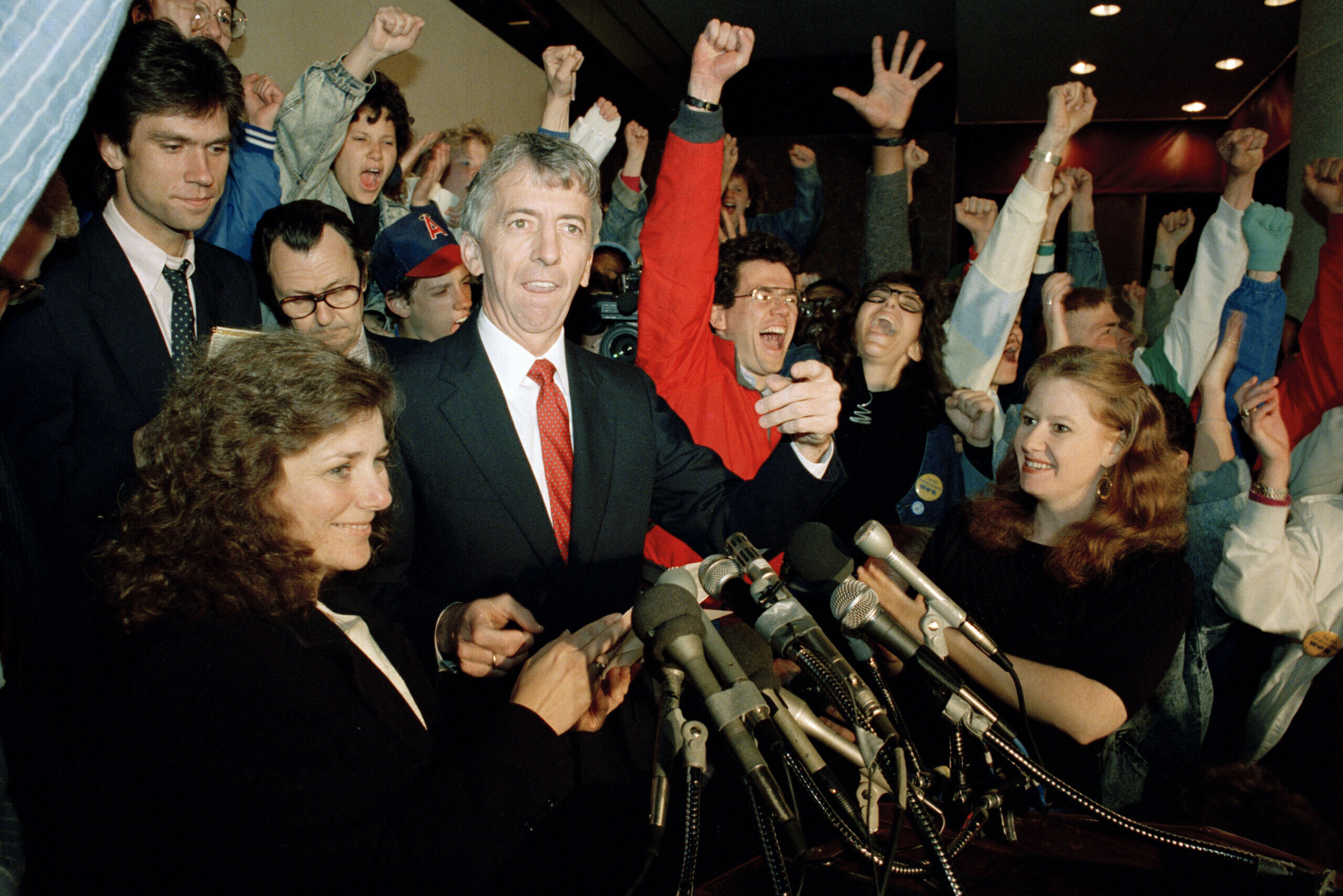






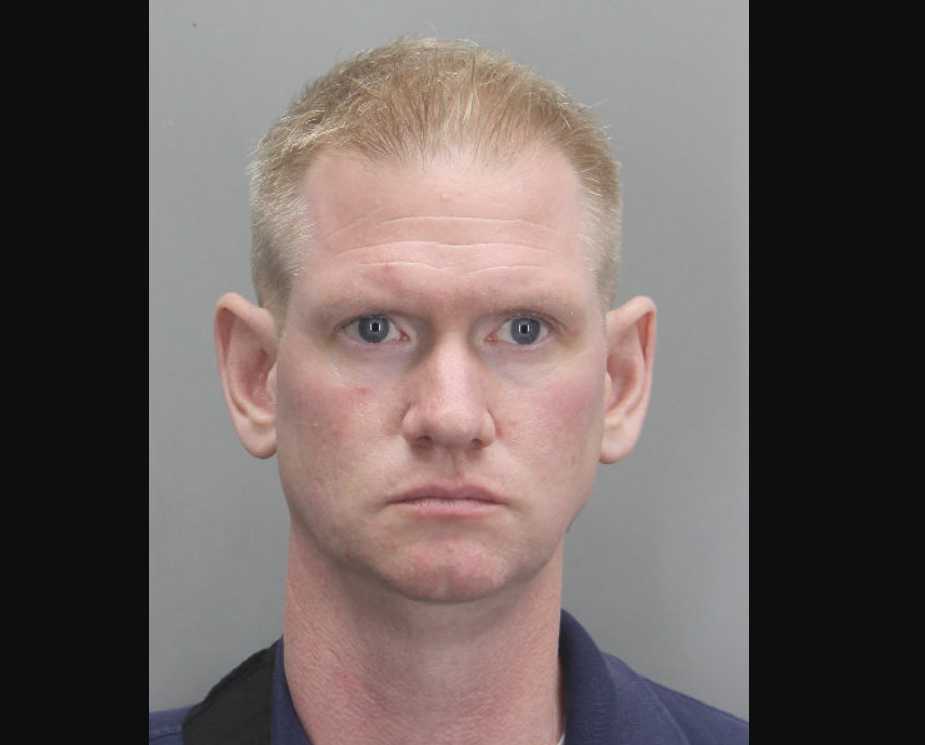
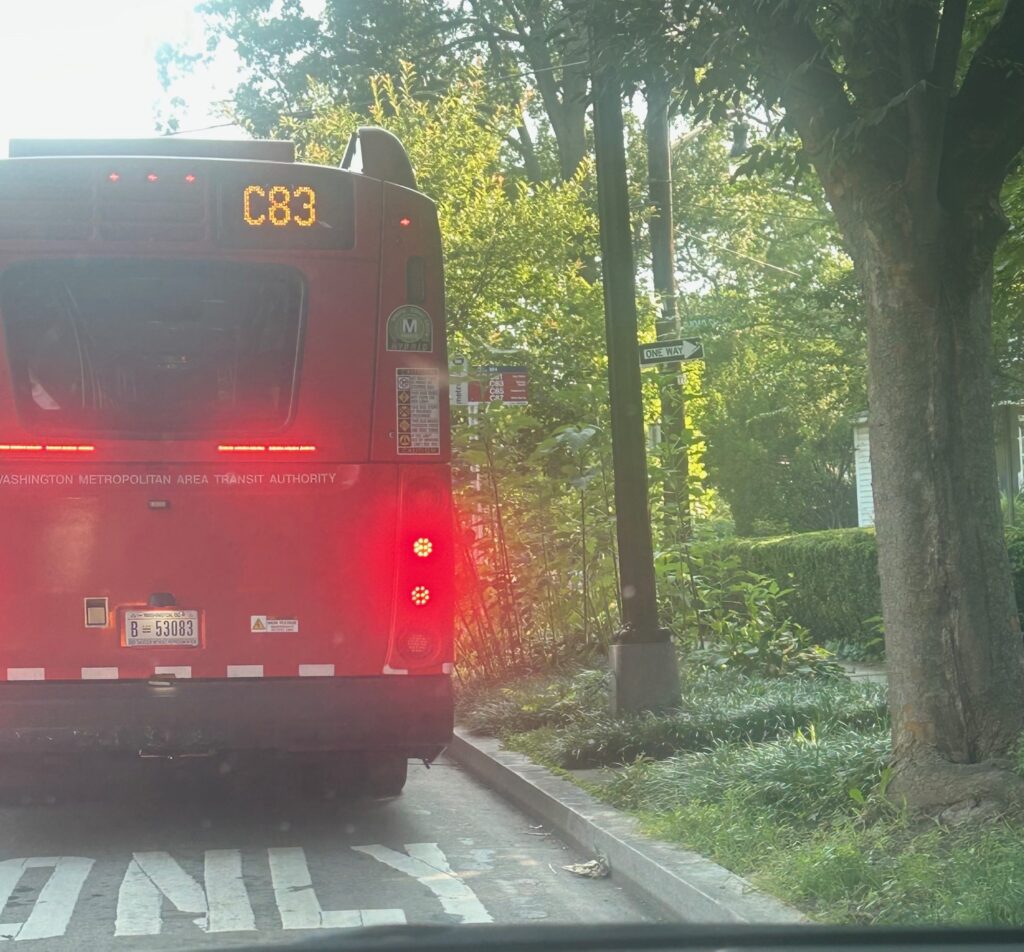
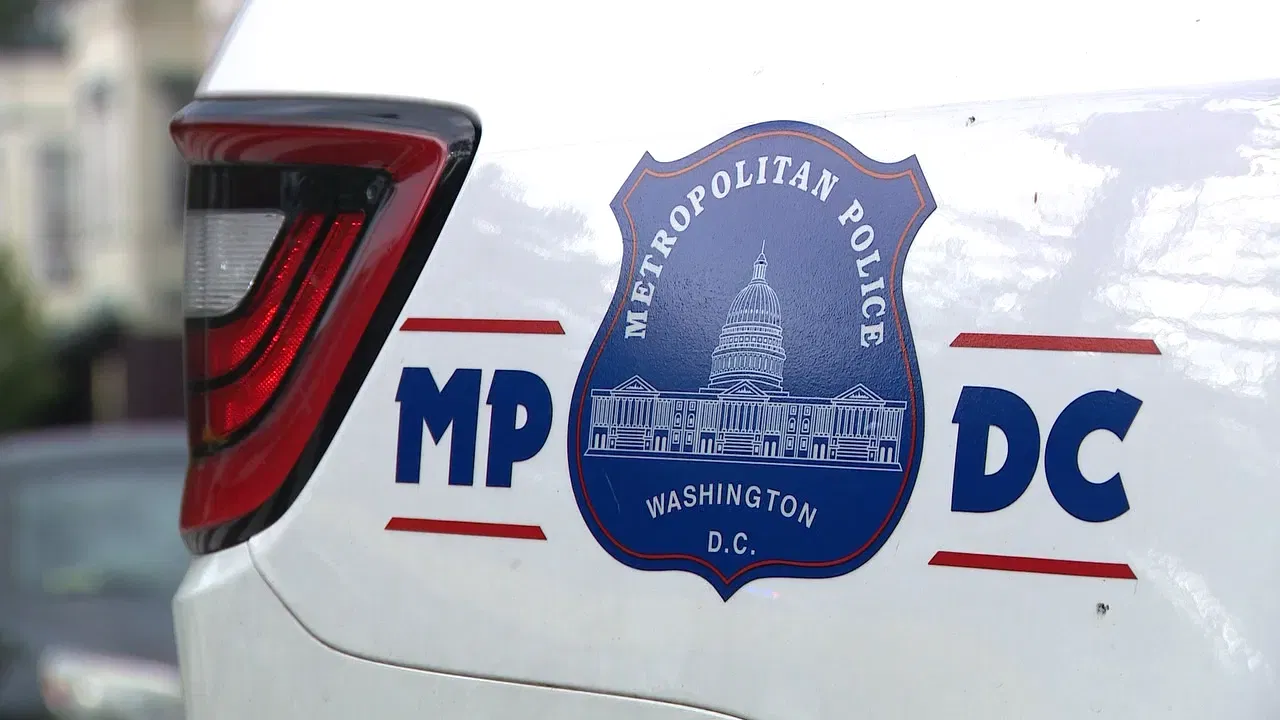



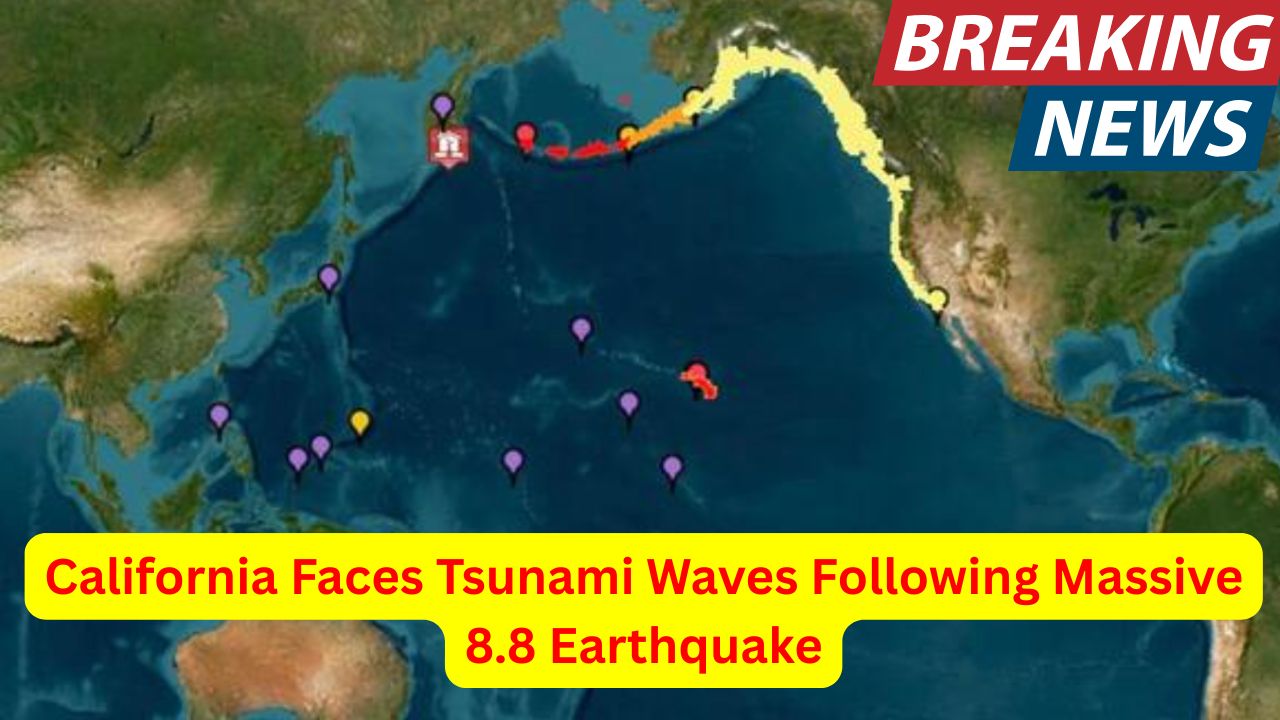


Leave a Reply